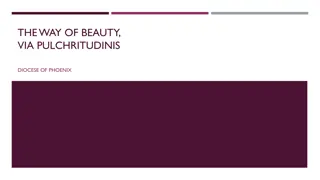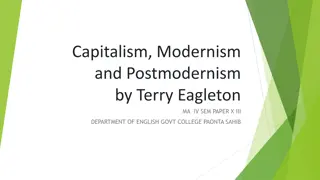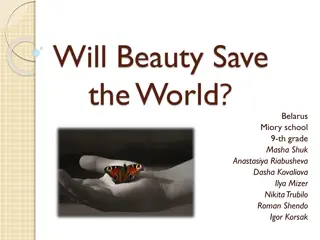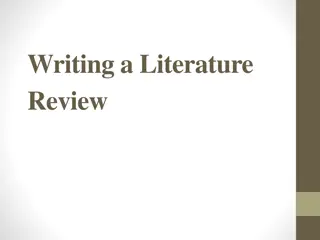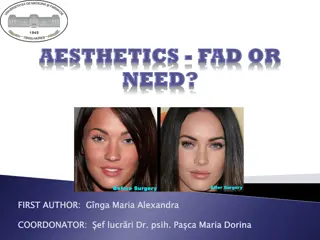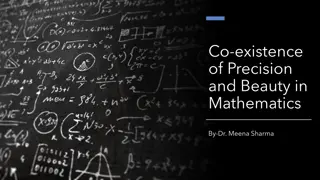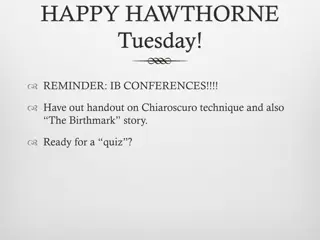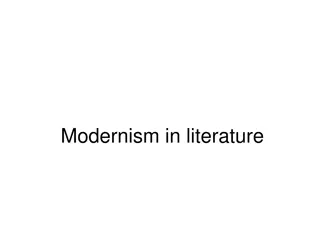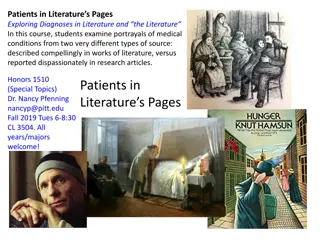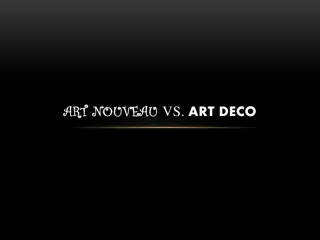Exploring the Concept of Beauty in Art and Literature
Beauty, a complex and abstract concept, is explored through various lenses in art and literature. From the pleasurable objects in nature to the importance of truth and justice tied to beauty, this insightful discussion delves into the paradoxes and depth of beauty's presence and absence in our lives.
Download Presentation

Please find below an Image/Link to download the presentation.
The content on the website is provided AS IS for your information and personal use only. It may not be sold, licensed, or shared on other websites without obtaining consent from the author. Download presentation by click this link. If you encounter any issues during the download, it is possible that the publisher has removed the file from their server.
E N D
Presentation Transcript
Introduction Teacher Chandra Shekhar Sikder Lecturer of English Dhaka Shiksha Board Laboratory School & College Mirpur-1, Dhaka-1216 Class-xi-xii Sub: English 1st paper Date:12-09-2020
Pleasurable object Sight in nature Laughter of the children All these things reflect beauty Kindness of the stranger
What is Beauty? Unit 5: Lesson 1 Focus points: concept of beauty its place in art and literature
Beauty is easy to appreciate but difficult to define. As we look around, we discover beauty in pleasurable objects and sights - in nature, in the laughter of children, in the kindness of strangers. But asked to define, we run into difficulties. Does beauty have an independent objective identity? Is it universal? Is it dependent on our sense perceptions? Does it lie in the eye of the beholder? A further difficulty arises when beauty manifests itself not only by its presence, but by its absence as well.
when we are repulsed by ugliness and desire beauty. But then ugliness has as much a place in our lives as beauty, or may be more-as when there is widespread hunger and injustice in a society.
Philosophers have told us that beauty is an important part of life, but isn't ugliness a part of life too? And if art has beauty as an important ingredient, can it confine itself only to a projection of beauty? Can art ignore what is not beautiful? So, we can say ugliness even if it s not pleasant, becomes beautiful at a higher level. Because it s a part of life. Similarly, what is beautiful forever remains true.
Poets and artists have provided an answer by incorporating both into their work. In doing so, they have often tied beauty to truth and justice, so that what is not beautiful assumes a tolerable proportion as something that represents some truth about life. John Keats, the romantic poet, wrote in his celebrated Ode on a Grecian Urn (It was completed in May 1819; its first printing came in January 1820) "Beauty is truth, truth beauty, that is all Ye know on earth, and all ye need to know." Beauty and truth are one and the same; this fact is all and it is possible to know, and everybody actually needs to know it.
The idea that beauty in art is enduring and permanent and therefore true, as opposed to earthly human nature which is transient and fades with time. In other words, we can say that beautiful art transcends time and reality, that beauty is truth. Poetry in every language celebrates beauty and truth.





